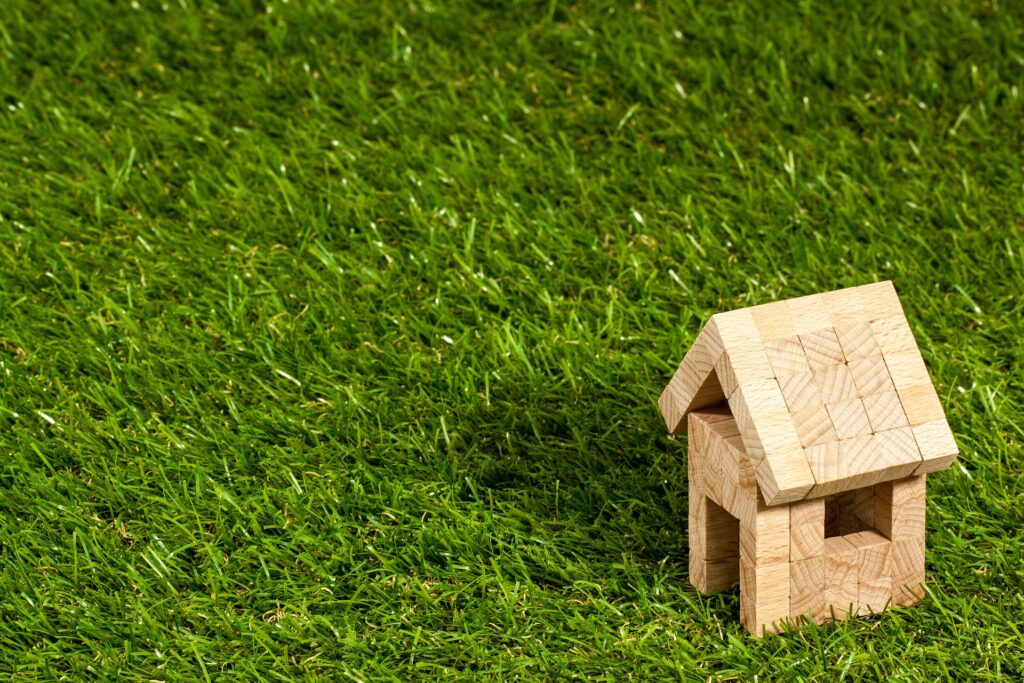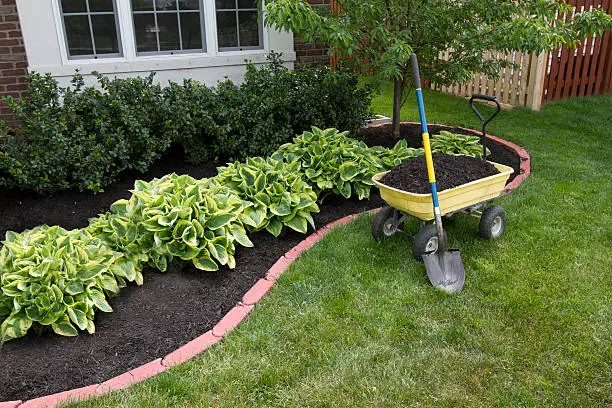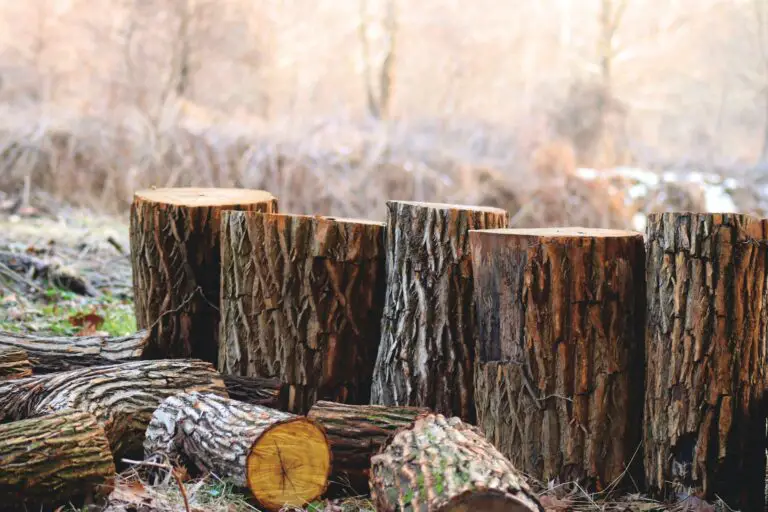Growing a Greener Tomorrow: Sustainable Practices for Your Lawn

Our planet is currently facing significant environmental challenges, necessitating a shift towards more sustainable practices in all aspects of our lives, including how we care for our lawns. This guide aims to equip you with the knowledge and tools necessary to grow a healthier, greener lawn in a more eco-friendly way.
Understanding Your Lawn
A comprehensive understanding of your lawn is the first step towards sustainable lawn care. Various types of grass include warm-season grasses like Bermuda and Zoysia and cool-season grasses such as Kentucky bluegrass and tall fescue. The kind of grass you have determines its water and sunlight needs and its resilience against pests and diseases.
Just as important as knowing your grass type is understanding your soil. Soil types differ significantly, ranging from sandy, silt, and clay to loamy soils, each with its unique properties. Sandy soils, for instance, drain quickly but do not hold nutrients as well, while clay soils retain water but may inhibit drainage. A good understanding of your soil type can guide your watering and fertilizing practices, ensuring you provide your lawn with what it needs without wastage or excess.
By understanding these fundamental elements – the type of grass and the soil – you can tailor your lawn care practices for maximum sustainability. This knowledge allows you to work with nature, not against it, promoting a healthy, vibrant lawn while reducing your environmental impact.
Water Conservation
Water, the source of life, is a precious, finite resource that we must use judiciously. In lawn care, water conservation is critical, not just for your lawn’s sustainability but for our planet’s health.
Overwatering does more harm than good – it makes your lawn susceptible to diseases, leads to runoff, and wastes water. It’s crucial to grasp that your lawn does not need daily watering. Instead, deeply and infrequently watering your lawn encourages the roots to grow deeper, making your grass more resilient and drought-tolerant.
The timing of watering is also paramount. The best time to water your lawn is early in the morning when the weather is cooler. This reduces evaporation, ensuring that more water gets absorbed by the grass and the soil.
Another water-saving practice includes collecting and using rainwater. Rain barrels or other collection systems can be used to collect water during rainfall, which can then be used to water the lawn later.
Adopting these sustainable watering practices will lead to a healthier, greener lawn and contribute to global water conservation efforts. So remember, every drop counts!
Organic Fertilizers and Eco-friendly Pest Control
In the pursuit of a lush, green lawn, many turn to chemical fertilizers, unaware of the damage they cause to the environment and the ecosystem. These fertilizers often contain harmful substances that can leach into groundwater or run off into nearby water bodies, causing pollution and harm to aquatic life.
Instead, consider organic fertilizers made from natural materials like compost, manure, or bone meal. These organic alternatives not only provide essential nutrients to your lawn but also improve soil structure and stimulate beneficial soil microorganisms, enhancing your lawn’s overall health and resilience.
However, even the healthiest of lawns can fall prey to pests. While it may be tempting to use chemical pesticides, these can cause significant harm to the environment and beneficial insects. Instead, lean into eco-friendly pest control methods. Introducing beneficial insects like ladybugs and lacewings, which are natural predators of harmful pests, can keep your lawn’s ecosystem balanced.
Other strategies include using biological controls like Bacillus thuringiensis (a bacterium that kills certain pests) or botanical oils and soaps that are less harmful than synthetic pesticides. Remember, a sustainable lawn is about appearance and fostering a balanced, healthy ecosystem.
Lawn Mowing and Maintenance
Proper mowing and regular maintenance are vital for the sustainability of your lawn. Many homeowners mistakenly believe that cutting their grass as short as possible reduces the frequency of mowing. However, this practice can harm the health of your lawn, making it more susceptible to pests and diseases. A healthier approach is to follow the “one-third rule.” This rule recommends that only one-third of the grass blade should be cut at a time, allowing the lawn to recover quickly and remain lush.
Understanding the different growth patterns of grasses throughout the seasons will also guide your mowing schedule. For instance, cool-season grasses grow most actively in spring and fall, thus requiring more frequent mowing during these times. Warm-season grasses, on the other hand, grow rapidly in the summer, necessitating a higher mowing frequency.
Maintenance extends beyond mowing. Regular aeration can help alleviate soil compaction, facilitating the penetration of water and nutrients into the soil. Additionally, dethatching, or removing the layer of dead grass and debris that can accumulate on your lawn, ensures your grass gets adequate sunlight, water, and nutrients.
Lastly, remember grasscycling – leaving grass clippings on your lawn after mowing. This practice eliminates the need for bagging and disposing of clippings and returns valuable nutrients to the soil, acting as a natural fertilizer.
Adopting these lawn mowing and maintenance practices will contribute to a healthier, greener lawn that is in harmony with the environment. Your lawn is not just a patch of grass; it’s a living, breathing ecosystem that thrives with proper care and respect for nature.
Conclusion
Sustainability does not have to come at the expense of a lush, green lawn. By understanding the basic elements of your lawn, adopting water conservation practices, using organic fertilizers and eco-friendly pest control, and following proper mowing and maintenance principles, you are well on your way to establishing a thriving, environmentally friendly lawn.
If you need further assistance in implementing these sustainable practices, consider seeking advice from Heros Lawn Care, trusted lawn care professionals in Magnolia. They can provide the expertise and guidance to help you nurture a lawn that looks good and respects the Earth.







